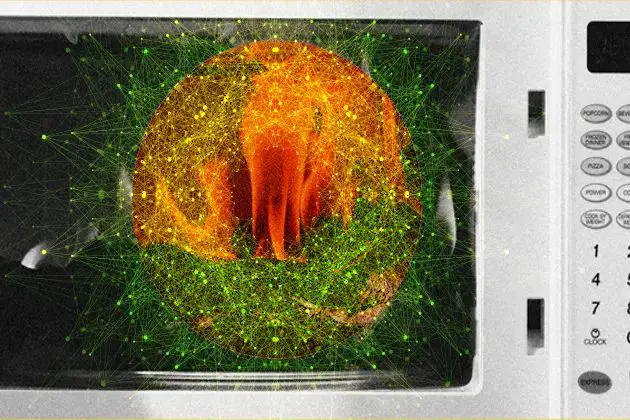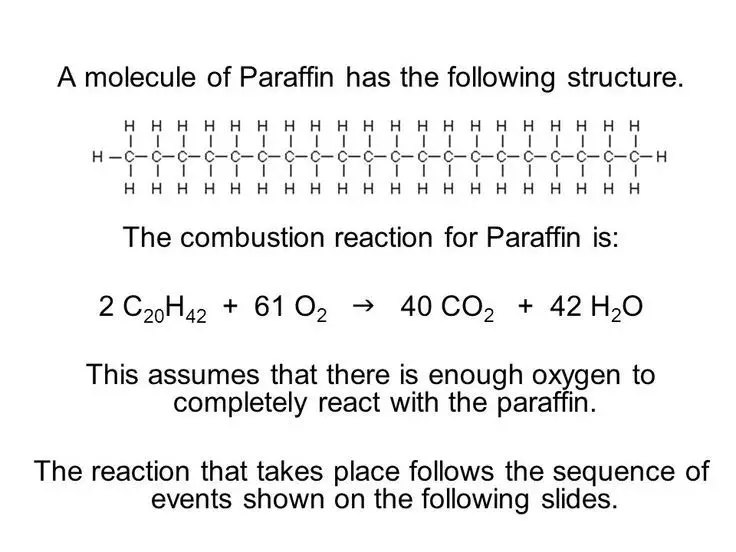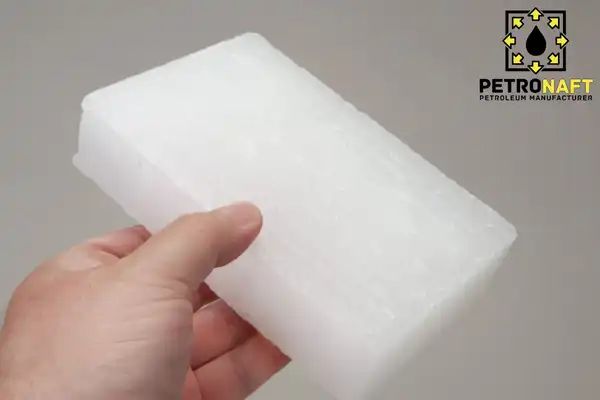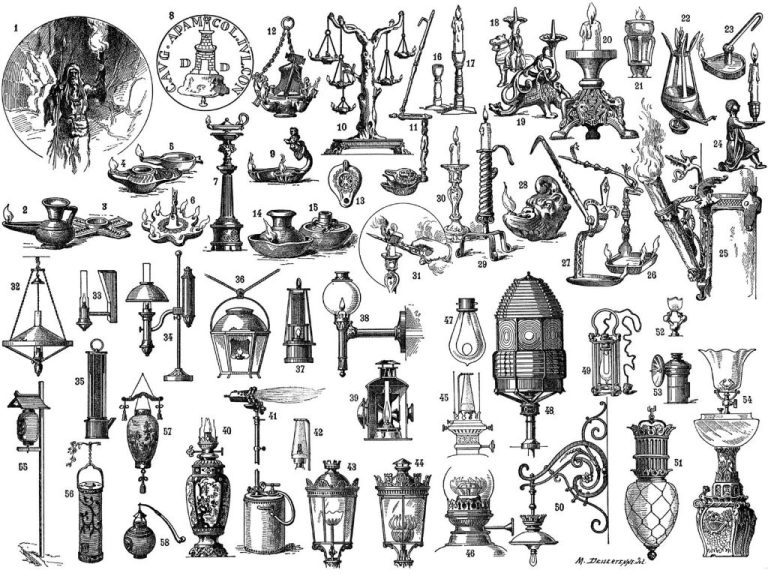How Long Should You Microwave Wax For?
Melting candle wax in the microwave is a quick and convenient method that many candle makers use. However, it’s important to use caution when microwave melting wax, as overheating wax can pose fire hazards.
Wax is flammable and can ignite when it gets extremely hot. Most waxes shouldn’t be heated above 185°F to avoid potential combustion. Microwaves heat unpredictably, so wax can go from solid to liquid to burning very quickly if you’re not careful.
With the right precautions, melting small amounts of wax in short bursts in the microwave can be safe. But wax can superheat in the microwave and remain below its flash point, only to burst into flames when disturbed. It’s critical to follow proper microwave melting procedures and monitor wax temperatures.

Determine Wax Type
The melting point of wax can vary significantly depending on the type of wax being used. According to Melting Point Factors for Common Waxes, paraffin wax generally melts between 115-142°F (46-61°C), while soy wax melts between 113-127°F (45-53°C). Beeswax has the highest melting point, typically between 144-149°F (62-65°C).
For paraffin wax, aim for the lower end of the melting range, around 115-125°F. Soy wax can be melted at 120-125°F. With beeswax’s higher melting point, heat to at least 145°F for proper melting.
The wax type determines the ideal microwave time. Paraffin wax with its lower melting point will melt faster, while beeswax requires more time due to its higher melting point. Selecting the right wax for your project and understanding its melting range is key for determining microwave times.
Microwave Wattage
The wattage, or power rating, of your microwave determines how quickly it can heat up wax. Higher wattage microwaves, generally over 1000 watts, will heat faster than lower wattage models. Standard home microwaves are typically around 1000 watts, while commercial models may be 1500 watts or higher.
You’ll need to adjust the heating time based on your microwave’s wattage. If you’re unsure of your model’s wattage, check the manual or rating label on the back or side of the microwave. As a general guideline, if your microwave is less powerful than 1000 watts, you may need to heat the wax a bit longer than the recommended time.
Additionally, higher wattage microwaves will use more electricity to operate. So there is a tradeoff between speed and energy efficiency that is worth considering when purchasing a microwave.
Amount of Wax
The amount of wax you are melting will impact the time needed. More wax takes longer to melt and heat throughout than a smaller quantity. According to research by Hassab et al., the volume of wax can significantly affect the melting process due to expansion during phase change. They found that greater volumes of wax required more time to fully melt from the center outward (Hassab, 2017).
For small personal amounts of wax (2-4 oz), 1-2 minutes is usually sufficient. For larger amounts like 16 oz or 1 lb, 2-3 minutes is recommended. Very large volumes like multiple pounds may take 4-5+ minutes to fully melt and come up to temperature. Check frequently and stir to help distribute the heat. It’s generally better to microwave in smaller batches to avoid overheating.
Follow manufacturer recommended times when available. But in general, more wax equals more microwave time needed. Melt conservatively in short bursts, stirring between each one to gauge the melt progress.
Microwave-Safe Container
When microwaving wax, it’s crucial to use a microwave-safe container. The container should be made of a material that can withstand high heat without melting or leaching chemicals. According to Real Simple, glass and ceramic containers are safe options.
Glass containers are optimal for microwaving wax because glass can handle the heat without warping or melting. Ceramic containers are also microwave-safe, but may retain more heat than glass. According to Life N Reflection, ceramics that are marked as microwave-safe are good choices.
Plastic containers are not recommended because the wax can melt the plastic and leach chemicals into the wax. Even plastic marked as “microwave-safe” can potentially melt from the sustained high heat of wax. For safety and purity of the wax, opt for glass or ceramic containers.
Stirring
It is important to stop the microwave at intervals to remove the container and stir the wax. Stirring helps prevent hot spots from forming in the wax which can lead to burning (1). Stopping every few minutes to stir will allow you to evenly distribute the heat throughout the wax, ensuring all areas reach the proper melting point before any section gets too hot.
Industry experts recommend stirring soy wax every 30 seconds to 1 minute during the melting process (2). For harder waxes like paraffin, you may need to stir as often as every 15-30 seconds. Stirring frequently prevents the bottom or edges from overheating while the rest remains solid.
Stirring regularly when microwaving wax is crucial to get an even melt without burning. Allowing sections of the wax to get significantly hotter than others can ruin the wax quality. Quick stirring every minute or less will guarantee your wax melts uniformly.
Recommended Times
The amount of time needed to melt wax depends on several factors, including the type of wax, amount of wax, and microwave wattage. Here are some general guidelines for recommended melting times:
| Wax Type | Amount | Microwave Wattage | Time |
|---|---|---|---|
| Paraffin | 1 lb | 1000W | 2-3 minutes |
| Soy | 1 lb | 1000W | 3-4 minutes |
| Beeswax | 1 lb | 1000W | 4-5 minutes |
| Paraffin | 2 lbs | 1000W | 4-5 minutes |
| Soy | 2 lbs | 1000W | 5-6 minutes |
| Beeswax | 2 lbs | 1000W | 6-7 minutes |
| Paraffin | 4 lbs | 1000W | 6-8 minutes |
| Soy | 4 lbs | 1000W | 8-10 minutes |
| Beeswax | 4 lbs | 1000W | 10-12 minutes |
Adjust times up or down slightly for lower (e.g. 700W) or higher (e.g. 1200W) wattage microwaves. Stirring halfway can also help wax melt evenly.
Avoid Overheating
It’s important not to overheat wax in the microwave, as this can be dangerous. According to felinfach.com, microwaves can create hot spots in wax leading to overheating and potentially igniting the wax [1].
Signs that the wax is overheating include:
- Thick smoke coming from the wax
- Scorching or discoloration of the wax
- Wax bubbling up out of the container
If you notice any signs of smoking or scorching, immediately stop the microwave and carefully remove the container. Let the wax cool completely before handling. As suffolkcandles.co.uk notes, overheating the wax leads to uneven burning and performance issues [2]. Pay close attention and remove the wax at the first sign of overheating.
Safety Tips
When melting wax in the microwave, safety should be your top priority. Here are some tips to keep in mind:
Use oven mitts or potholders when removing the wax from the microwave. The container will be extremely hot after microwaving, so oven mitts are essential to avoid burns. Be sure your mitts or potholders are heat resistant and provide adequate protection.
Allow the wax to cool completely before handling. Melted wax retains heat very well and can remain hot enough to cause burns for some time after being microwaved. Let it sit untouched for at least 10-15 minutes before attempting to move or pour the wax. Test the temperature carefully before touching the wax directly.
Work slowly and carefully when handling the hot wax. Once cooled somewhat, pour or transfer the wax slowly to prevent spilling and splashing which could result in burns. Never rush when handling hot wax.
Keep children and pets away from the cooling wax, as it can remain a burn hazard for quite awhile after microwaving. Store the wax in a safe location out of reach once cooled and solidified.
Having the proper equipment and following these precautions will help ensure you remain safe when melting wax in the microwave.
Summary
Microwaving wax to melt it for projects or other uses is generally safe and effective when done carefully. The recommended microwave time can vary based on the wax type, amount of wax, microwave wattage, and other factors. Most waxes only need 1-2 minutes in the microwave to become fully melted. However, it’s important not to overheat the wax, so microwave in short intervals and stir in between. Melting wax in a microwave-safe container and taking proper safety precautions are also advised. With the right technique, the microwave can be a quick and convenient option for melting wax for diverse applications.





